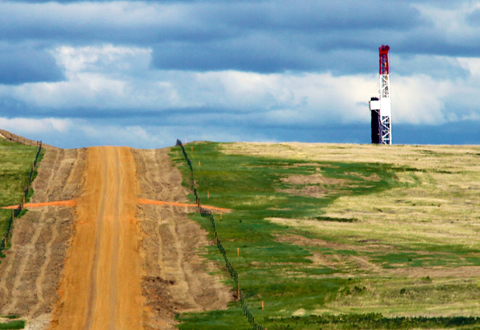Buckhorn Energy to build, own and operate disposal system in McKenzie County; looks to Permian for expansion
Colorado-based Buckhorn SWD Solutions, LLC, announced last week that the company has entered into a service agreement with XTO Energy (ticker: XTO) to provide produced water gathering and disposal services in McKenzie County, North Dakota.
As part of the agreement, Buckhorn will build, own and operate an 87-mile pipeline and disposal system, and will provide produced water gathering and disposal services for XTO Energy’s Williston Basin operations.
“We are proud to work with the premier operators across our footprint in the Williston and Permian Basins,” said Gary Ebel, CEO of Buckhorn’s parent, Buckhorn Energy Services. “Our tailor-made systems, like the one we are doing with XTO targeting operations in McKenzie County, reduce field level costs and increase reliability.”
The system will serve XTO’s dedicated acreage, as well as other operator wells in the area. The system will feature fixed, buried pipelines, which will include a gathering line to transport produced and flowback water for disposal or recycling. Construction is expected to begin next month.
Through joint ventures and direct operations, Buckhorn controls more than 200 miles of pipeline across 18 townships in its core areas of operations in North Dakota, Texas and Montana.
Using custom waste disposal systems to reduce costs
“When you look at the cost of drilling, completing and producing a well, waste disposal is major cost component over the life of a well,” Ebel said to Oil & Gas 360®.
Currently, waste management on a well is handled ad hoc by a number of different companies, he explained, saying that Buckhorn looks to take a more holistic approach when developing its custom solutions, which in turn allows for more cost-effective waste management.
“We did a project for a client where we coordinated what we called a ‘rout.’ We did heater treater cleanouts and tank bottom cleanouts, and by setting it up on a rout basis, we were able to have someone clean out the tanks, have the tank bottoms treated, and then we took the waste material and disposed of it,” explained Ebel. “By using one process, our clients were able to reduce their costs versus using ad hoc vendors and going all over the basin with their waste.”
In the Bakken, Ebel said that the large, contiguous land base typically held by operators makes waste disposal more manageable.
In the Permian, acreage is more disconnected, creating a different set of challenges, according to the company’s CEO. Buckhorn is looking to expand its waste disposal model from North Dakota into the most active basin in the U.S. as well, Ebel added.


